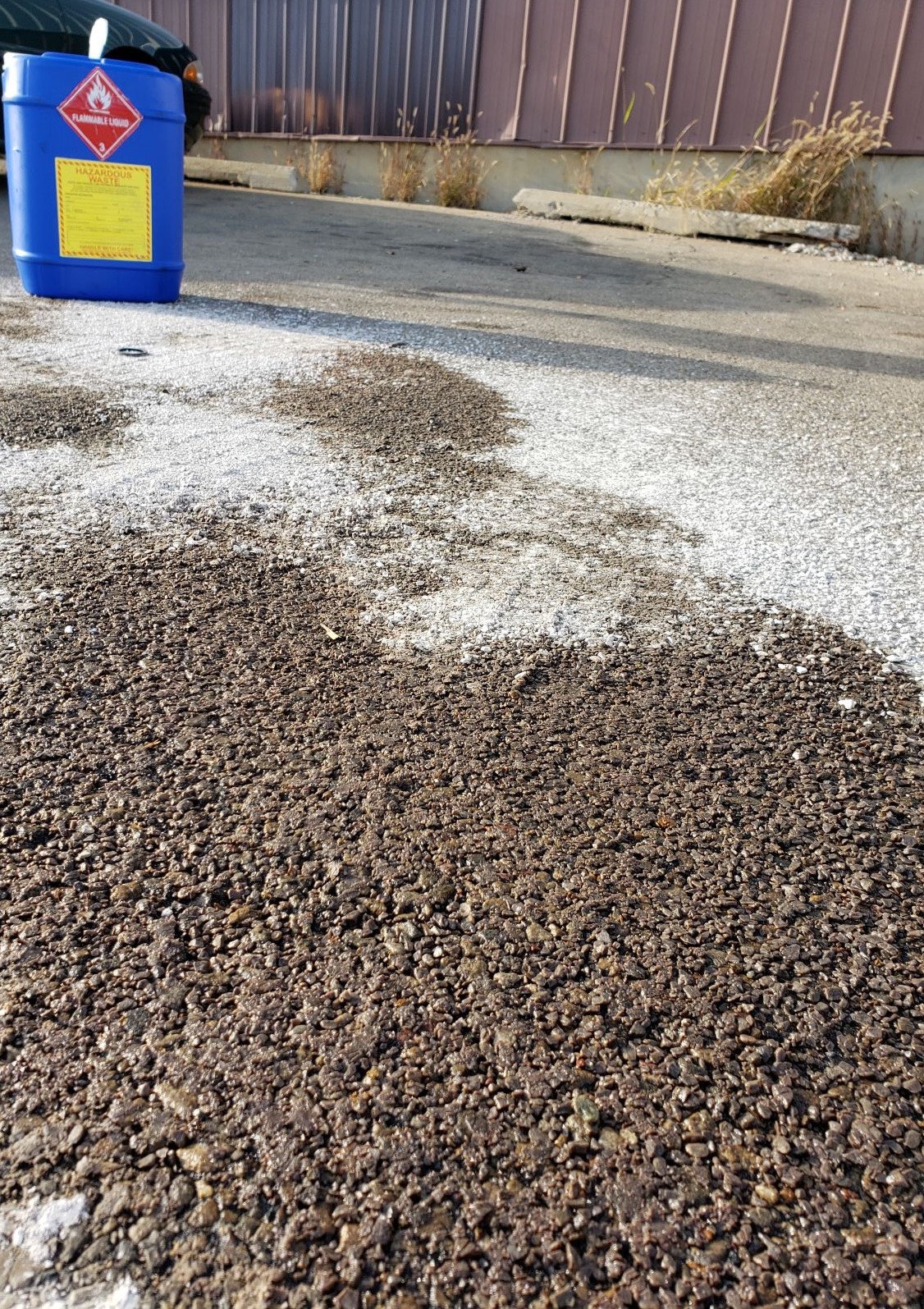If you are a large quantity generator of hazardous waste (generate ≥1,000 kg of hazardous waste/calendar month) or a small quantity generator of hazardous waste (generate >100 kg but <1,000 kg of hazardous waste/calendar month) your off-site shipments of hazardous waste must be documented on a Uniform Hazardous Waste Manifest. The regulatory responsibilities of a generator don’t end with the shipment, as a matter of fact some of them are just beginning when you print and sign your name and date the manifest in Section 15.
After signing, the driver will give you page 6 and retain pages 1-5. You are required to retain this copy for three years from the date signed by the initial transporter or until you receive the signed page 3 back from the designated facility (more on that later).
Your State may require you to submit to them a copy of the manifest. Or, the designated facility’s State (if shipped out-of-state) may require a copy of the manifest. The time-frame for submittal varies (some States allow as little as 48 hours from the date of shipment) so check with the applicable State Environmental Agency to confirm your responsibilities. If either requires a copy, be sure to make it a photocopy of page 1 of the manifest since this is likely to be the most legible. Please note that the driver will take page 1 with them when they leave your site. It is important that you make a copy of page 1 prior to the driver leaving your site.
You’re still not done. You must also ensure you receive a signed copy of the manifest from the designated facility within a certain time-frame. Your responsibilities will depend on your hazardous waste generator status.
If an LQG you must:
- Contact the primary transporter or the designated facility if you have not received a copy of the manifest signed by the owner or operator of the designated facility within 35 days of the date accepted by the initial transporter.
- Submit an Exception Report to your State or the USEPA regional office if you have not received a copy of the manifest with the handwritten signature of the owner or operator of the designated facility within 45 days of the date accepted by the initial transporter.
The Exception Report for an LQG must include:
- A legible copy of the manifest for which the generator does not have confirmation of delivery, and;
- A cover letter signed by the generator or his authorized representative explaining the efforts taken to locate the hazardous waste and the results of those efforts.
If an SQG you must:
- Submit an Exception Report to your Regional Office of the US EPA or your State if you have not received a signed page 3 of the manifest from the designated facility within 60 days of the shipment (some States set this limit at 45 days).
The Exception Report for an SQG must include:
- A legible copy of the manifest with some indication that the generator has not received confirmation of delivery.
Note the following regarding the Exception Report for both an LQG or SQG:
- The regulations do not specify which copy of the manifest is to be returned to the generator by the designated facility. However, page 3 of the manifest is intended for this purpose.
- The date of initiation (ie. the date the clock starts) is the date the manifest is signed by the initial transporter and not the date the waste is certified as acceptable for shipment by the Generator/Offeror.
- The Exception Report is submitted to the state if that state has an authorized hazardous waste program. It must be submitted to the Regional USEPA office in states without an authorized hazardous waste program: Iowa, Alaska, & Puerto Rico.
- The signature of the owner or operator of the designated facility must be handwritten, though a copy of the manifest (not the original) is acceptable.
- The submission to USEPA or state for an SQG need only be a handwritten or typed note on the manifest itself, or on an attached sheet of paper, stating that the return copy was not received.
Your State may also require you to ensure that an out-of-state designated facility sends a signed copy (page 2 is intended) of the manifest back to the agency of your State. Check with your State Environmental Agency.
Finally, a generator must retain a copy signed page 3 of the manifest, signed by the designated facility, for three years from the date of initial acceptance by the transporter.
The generator requirements for uniform hazardous waste manifests are a mixture of State and Federal regulations that remain unknown to many generators. Training on the hazardous waste regulations of RCRA is required for LQG’s and a good idea for anyone who wishes their facility to remain in compliance and away from violations and fines. Contact me to determine what form of training (public workshop or on-site) will work best for you.





